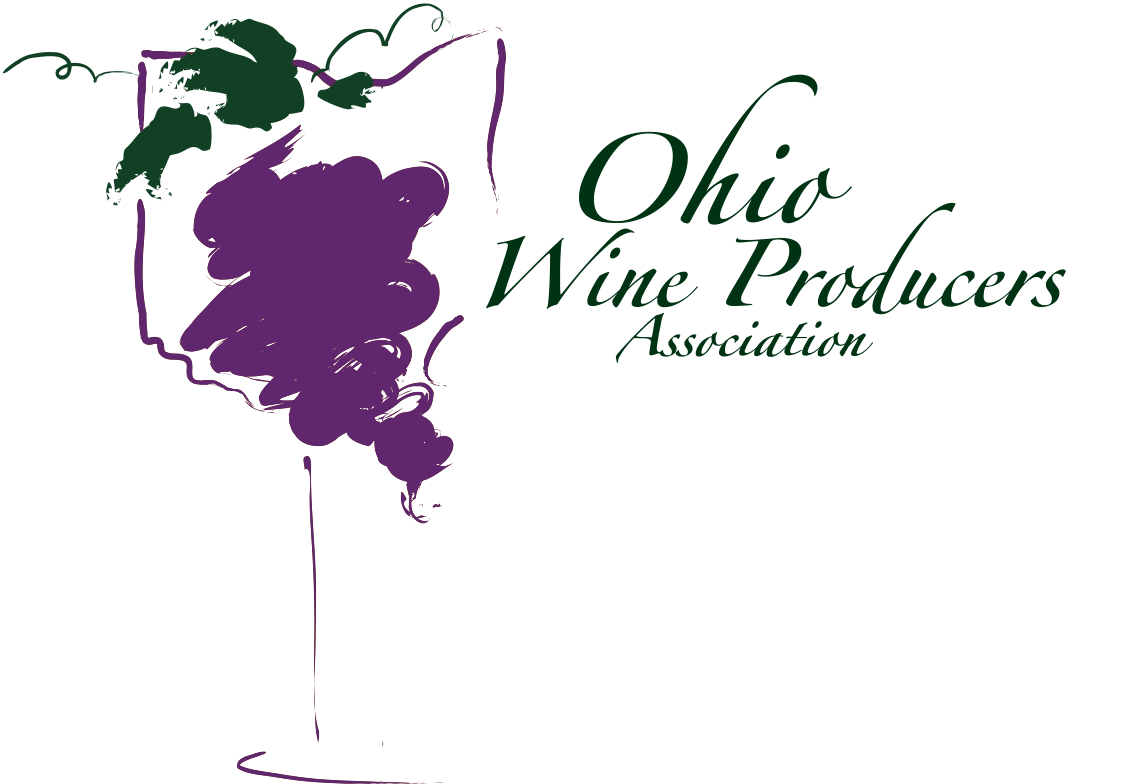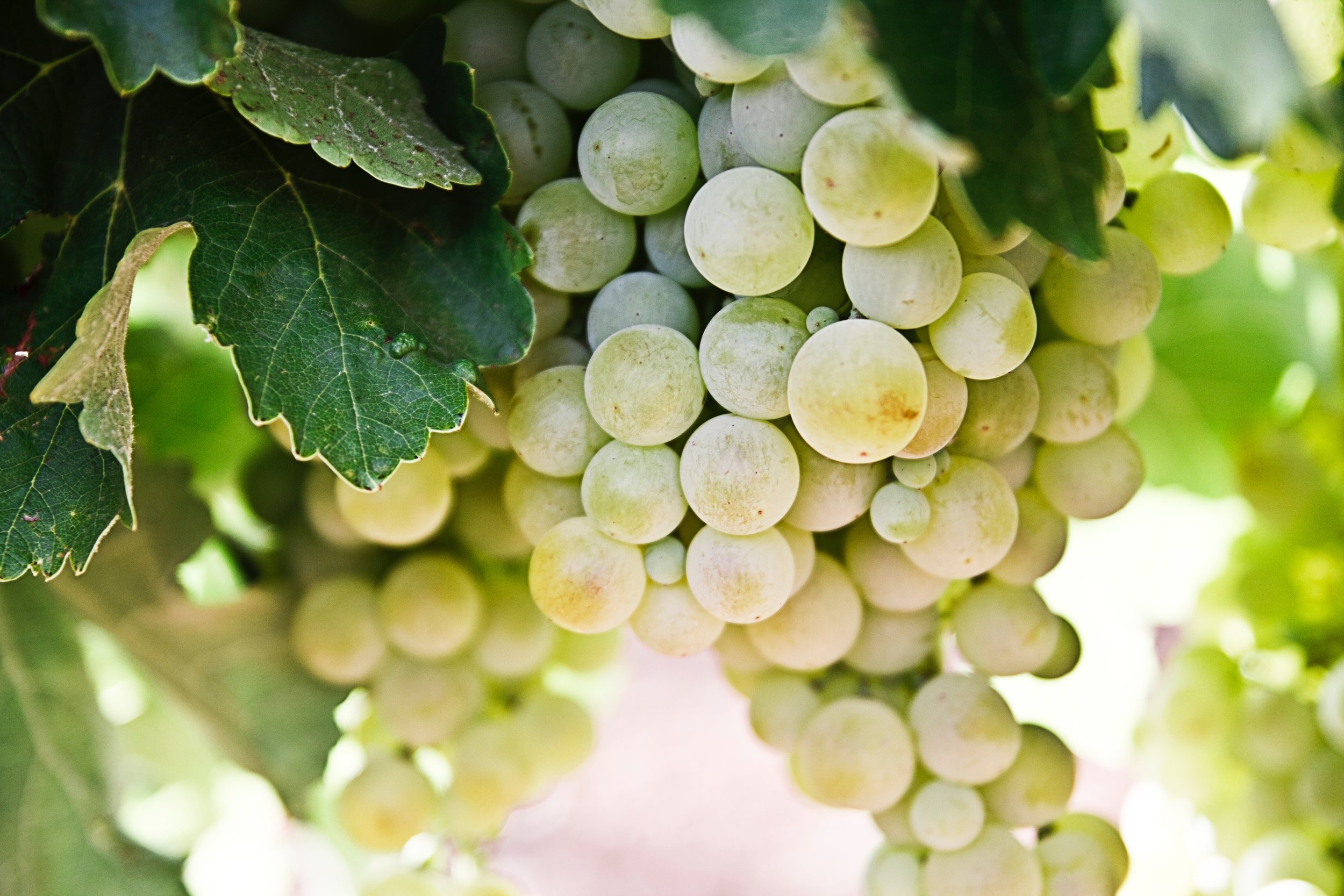A couple of simple wine phrases that are not so simple
Every industry has its jargon. In the wine business, some words we use can be understood with a one or two line definition. However, there are some more nuanced words and phrases that take a paragraph, or in some cases a book, to be fully explained.
Mouthfeel: Simply explained, it is how the wine feels as it enters the mouth. The sensations a wine can elicit could be sharp, spritzy or soft. They may affect nerve endings on ones lips and it ones cheeks. Long after a wine is swallowed, sensations may linger. The varied and many components of a wine are the things which collectively go together to create these mouthfeel sensations. In dry wines, tannin, from the seeds and skins of grapes as hey ferment, cause a sense of astringency, much like that which comes from very strong tea. One of the charms of Champagne are those tiny bubbles. As they pass across the top of the tongue and fill the mouth cavity, they feel almost rough, but then as those carbon dioxide filled bubbles explode, there is a hint of feeling that reminds one of fireworks on the 4th of July. Alcohol provides a feeling of warmth as wines are swallowed. The higher the alcohol, the hotter the sensations in the back of the throat. Big complex reds often feel almost heavy on ones tongue. As I swallow them, the richest of these reds remind me of what a hand stoking a piece of velvet cloth. Well balanced Rieslings offer a pleasant sweet-tart sense. Flinty, grassy Sauvignon Blancs create a somewhat drying yet cool sensation on the tongue. Rich and intense ice wines feel thick and viscous as they are sipped. Oak aged chardonnays often emit buttery sensations on the palate. Very dry wines create a puckering sensation; very sweet ones leave a silky residue. The definition of mouthfeel: simple, but really.
Vertical and Varietal tastings: Both a Vertical and Varietal tasting are popular and fun ways to experience wine. With a vertical format: the idea is to collect several vintages of the same wine from the same winemaker. It provides an opportunity to learn a little about how wines age from one year to the next and how Mother Nature impacts the final product in the bottle. A varietal tasting on the other hand, is one where the same wine, usually from the same vintage, is tasted from a number of winemakers. This gives tasters the chance to learn a little about how each vintner handles the same grape stylistically. Sometimes a chardonnay will have lots of oak, other winemakers may produce it exclusively in stainless. Some Rieslings are made in a dryer style, others sweeter; sometimes the idea is to offer fruit up front, other times the focus might be a good acid backbone.
Corked or more appropriately cork taint: Most bottles of wine are sealed with the bark of a tree grown in Portugal and are corked so why is a corked wine so offensive a phrase? Since the natural closure is one that comes from the stripped bark, it must be processed to assure it is sanitized appropriately before it goes to a factory to be punched into corks for wine. Sometimes, in the process, not all of the chlorine and/or other cleaning agents used are fully rinsed. The chemical name for the problem is trichloransole or TCA. The result is a dank, almost moldy aroma and taste in the finished wine. Occasionally, too, when the cork is punched from the larger bark material, it contains some imperfections that might allow air to contaminate the wines. If any of the imperfections are not caught before a bag of corks is dumped into the bottling equipments hopper, bottled wine will become tainted. Nationally, it is estimated that 1 to 3% of all corks contain some defect. While the percentage is not large, if a winery is producing 20,000 gallons, that means 100,000 bottles and at 2% that is 2000 bottles! The numbers illustrate why using screw caps may be appealing to so many in the industry.
For additional information: dwinchell@OhioWines.org
About the author:
Donniella Winchell, Executive Director of the Ohio Wine Producers Association...


